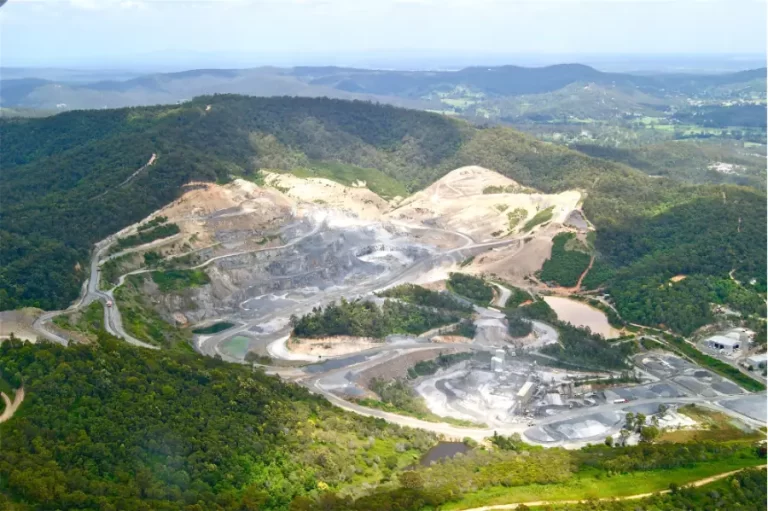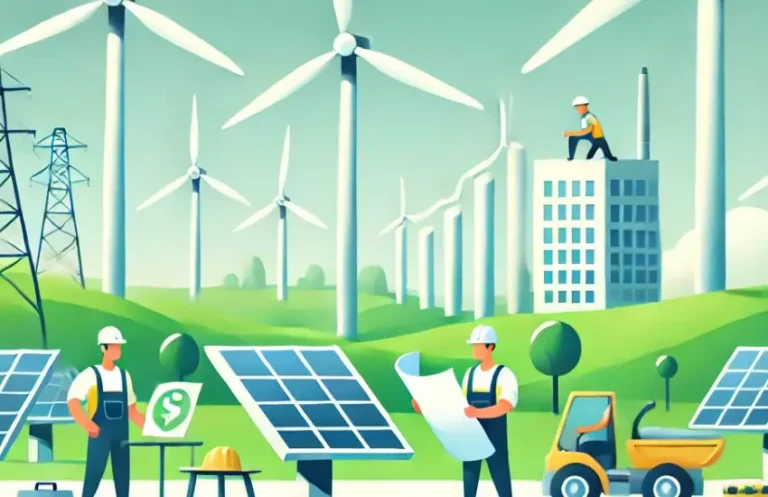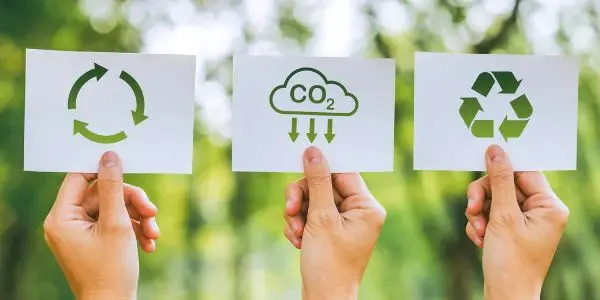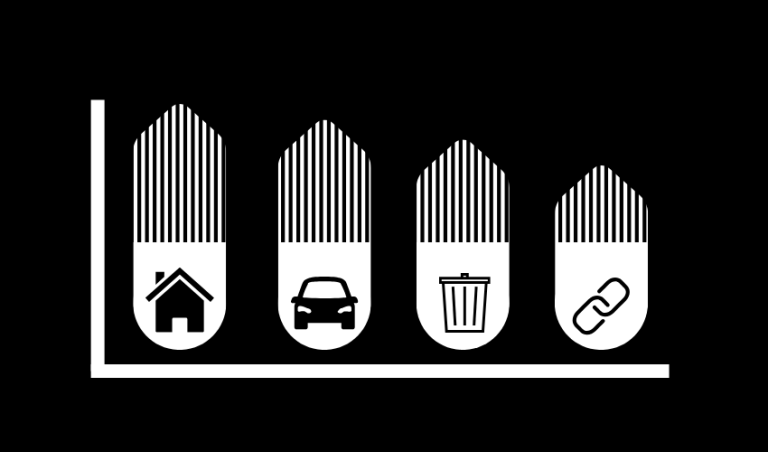Heat Decarbonisation: Practical Steps & Factors to Know
Heat decarbonisation is critical to our future sustainability.
Here we’ll explain what heat decarbonisation is, why it’s so important and how it can be achieved.
What is Heat Decarbonisation?
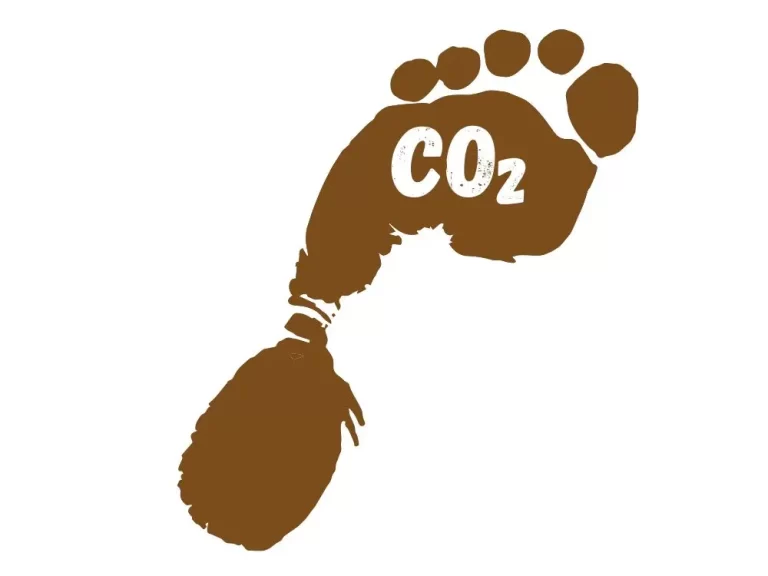
Heat decarbonisation is the process of reducing carbon dioxide (CO2) emissions released through heating residential, commercial, and industrial buildings.
By transitioning to low-carbon heating technologies, we can significantly reduce emissions and work towards a more sustainable future.
However, doing so is not easy. To achieve the best outcome, a holistic approach to the retrofitting of buildings is required, involving 4 key stages of action.
Some of these stages can be costly, but ultimately both carbon emissions and energy costs can be reduced for the long term.
Why Heat Decarbonisation is Important?

1. Limiting Climate Change
Heating is a carbon intensive activity, accounting for a substantial portion of global CO2 emissions. In the UK for example, heating buildings accounts for over 20% of all emissions.
This makes heat decarbonisation a key action necessary to limit long term climate change and attain a carbon neutral, or ‘Net Zero’, position.
The reason heating is so carbon intensive is because most of us use fossil fuels, such as gas and oil, to generate the heat we need. Without addressing this, it will be nearly impossible to limit global warming to well below 2°C above pre-industrial levels.
2. Energy Security

Fossil fuels are often subject to volatile pricing and geopolitical tensions. Given that we generate most of heat using fossil fuels, action taken to reduce their use can therefore reduce exposure to these risks.
Adopting alternative renewable and sustainable heating technologies are less exposed to volatility. This means we can collectively enhance our energy security and stability by utilising new technologies instead of fossil fuels.
3. Economic Opportunities
Investment in renewable heating technologies, energy efficiency measures, and infrastructure upgrades can drive economic development and competitiveness. This economic change broadly termed as part of the ‘green transition’ or the ‘green economy’.
This transition not only stimulate economic growth through production of these alternative technologies, but also by creating jobs in these new industries. This in turn helps to further encouraging more innovation.

4. Health Benefits
Reducing reliance on fossil fuels for heating can also improve air quality, leading to better health outcomes.
Burning fossil fuels for heating releases pollutants. These contribute to respiratory and cardiovascular diseases, particularly in urban areas. Cleaner heating technologies can mitigate these health risks by reducing and avoiding release of these pollutants.
Forming a Plan to Achieve Heat Decarbonisation
Achieving heat decarbonisation requires a comprehensive and holistic approach, which is best planned out from start to finish.
To achieve the greatest impact, implementation of heat decarbonisation should follow the below process of actions:
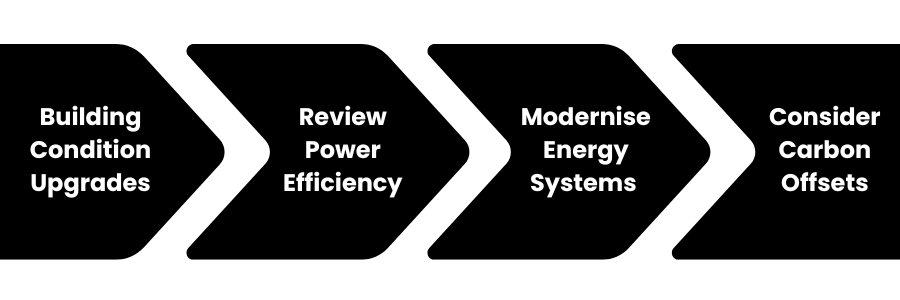
Each of these steps involves various considerations, which can result in different overall heat decarbonisation plans for different buildings. Here’s a breakdown of these key steps.
1. Building Condition Upgrades
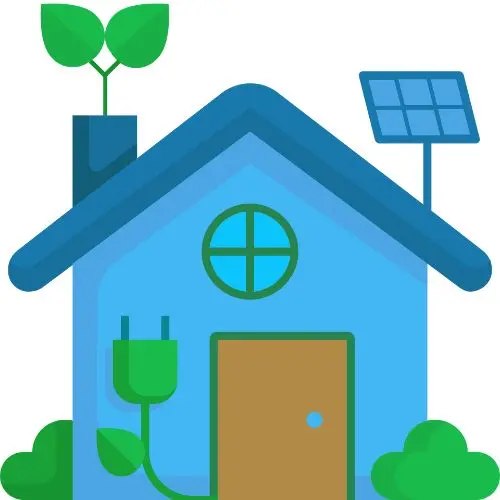
This is, at its core, improving the capability of the building to retain the heat you generate. A building in poor condition loses a lot of heat, requiring excess generation. A high quality building efficiently retains heat, minimising heat required.
Key areas to consider are:
Building Insulation: This includes upgrading walls, roofs & loft spaces, floors, windows, and doors.
Smart Thermostats and Controls: Advanced heating controls and smart thermostats can optimise heating schedules, reducing unnecessary energy use and leading to lower emissions.
2. Review Power Efficiency

The primary aim of this stage is to minimise power demand for electrical equipment within the building.
This will help reduce the overall carbon footprint of the building, and critically from a heat perspective, free up electrical capacity for modernising your energy systems.
Lighting: Replace any older lighting with modern more efficient versions. In most cases this is switching your current lights to LEDs, which are far more efficient and have a greater lifespan.
Solar PV: Solar PV panels will reduce your draw from the electrical grid and improve resilience of the building. Consider the potential alterative of using roof space for Solar Thermal systems (detailed in next section), before committing to Solar PV.
Energy Storage Solutions: Effective energy storage solutions, such as thermal storage and battery systems, can enhance the impact of PV systems installed, improving usage and driving down electrical grid requirements further.
3. Modernise Heating Systems

Once a building’s heat and power efficiency has been addressed, the next step is to modernise the heating system to a low, or zero, carbon system that does not rely on on fossil fuels. Key system options include:
Heat Pumps: Air-source and ground-source heat pumps are efficient technologies that transfer heat from the air / ground into buildings. They are powered by electricity. Overall, they make for a great alternative to gas boilers.
Solar Thermal: These solar panels capture sunlight to produce hot water and space heating. You may though find that roof space is better used to place Solar PV for electrical generation (to power heat pumps) rather than for Solar Thermal.
Biomass Heating: Biomass boilers and stoves burn organic materials such as wood pellets, chips, or agricultural residues. While biomass is considered renewable, sustainable sourcing is crucial to avoid negative environmental impacts.
District Heating: Centralised heating systems that supply heat to multiple buildings through a network of pipes. Normally positioned in central urban or industrial areas to achieve efficiency by scale, and are increasingly powered by non-fossil fuel based systems.
4. Consider Carbon Offsets
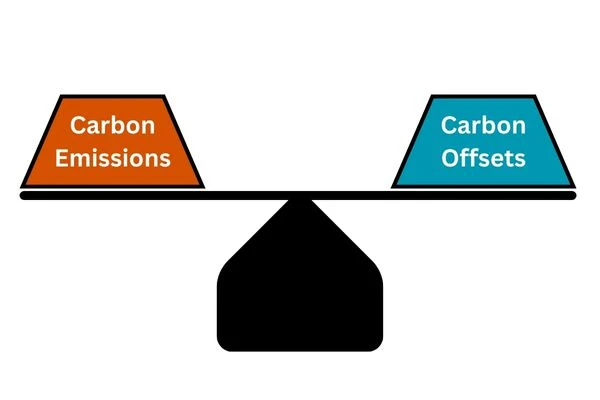
After improving your heat and power efficiency, and switching to a modern heating system, you’ll have the remaining power demand to address. This is when the time comes to consider carbon offsetting.
If you’ve managed to make a full switch to electrical heating sources, then offsetting is potentially available to you through your mains energy provider. This is achieved through signing up to a renewable or green energy tariff, free of associated carbon emissions.
If you have any remaining fossil fuel use, such as gas or oil, then carbon credits are an option. These are produced through schemes, such as tree planting, that absorb CO2 from the atmosphere. This is verified through carbon credit schemes, which you can purchase and match in volume to your own emissions.
Factors Influencing Future Heat Decarbonisation
To support progress of heat decarbonisation, there is a role for technological innovation, policy support, and engagement to achieve success. Below we have outline some key considerations to be aware of:
1. Supportive Policies and Regulations

Subsidies and Incentives: Some governments provide financial support for the installation of renewable heating systems and energy efficiency measures. This can include grants, rebates, low-interest loans, and tax credits.
Building Codes and Standards: Strengthening building codes and standards to require higher energy efficiency and the use of renewable heating technologies in new constructions and renovations is essential.
Phasing Out Fossil Fuels: Setting timelines for phase out of fossil fuels heating systems can drive the transition to cleaner alternatives.
Carbon Pricing: Implementing mechanisms, such as carbon taxes, can incentivise the adoption of low-carbon heating technologies by making fossil fuel-based heating more expensive. Globally, some governments implement pricing or are considering options to do so.
2. Investment in Research and Development
Continued research and development is needed to improve the efficiency, performance, and affordability of renewable heating technologies.
This includes advancements in heat pump technology, solar thermal systems, and biomass heating.
Achieving these advancements ultimately costs money. Investment is coming forward from multiple sources, including governments and the finance industry, to support progress.
3. Public Awareness and Engagement
Education and Outreach: Raising awareness about the benefits of heat decarbonisation and available technologies can drive consumer adoption. This includes providing information on cost savings, environmental benefits, and health improvements.
Community Involvement: Engaging communities in local energy planning and decision-making processes can foster support for renewable heating projects, and ensure that solutions are tailored to local needs.
Heat Decarbonisation: Key to a Sustainable Future

Heat decarbonisation is a critical component of global efforts to limit climate change and achieve a sustainable future.
The solutions are relatively simple and effective, if approached in a structured and holistic way. Do so and the outcome can be incredible positive. Helping to create a cleaner, healthier, and more sustainable world for future generations.
If you are looking to take action, either at home or in business then check out our additional resources below. These cover heat, as well as a range of other aspects to consider when reducing your carbon footprint:
Net Zero Business: A Simple Guide to Getting Started
Setting Realistic Environmental Goals for a Business
Make My Home Sustainable: Practical Guide to Getting Started
We also have plenty of other insights below available to support your progress. Let us know how you get on in the comments section below!


